Ordered 27 November 1962 Laid down 31 August 1963 Launched 13 June 1964 Draft 9.22 m | Yard number 1103 Construction started 31 August 1963 Length 172 m Beam 23 m | |
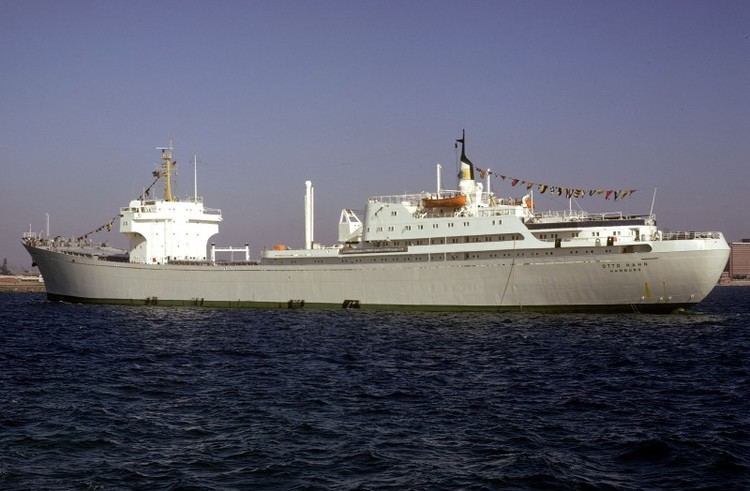 | ||
Cost 56,000,000 German marks Builder Howaldtswerke-Deutsche Werft | ||
Otto Hahn was one of only four nuclear-powered cargo vessels built to date. Planning of a German-built trade and research vessel to test the feasibility of nuclear power in civil service began in 1960 under the supervision of the German physicist Erich Bagge. Her nuclear reactor was deactivated in 1979 and replaced by a conventional Diesel engine room. The ship was scrapped in 2009.
Contents
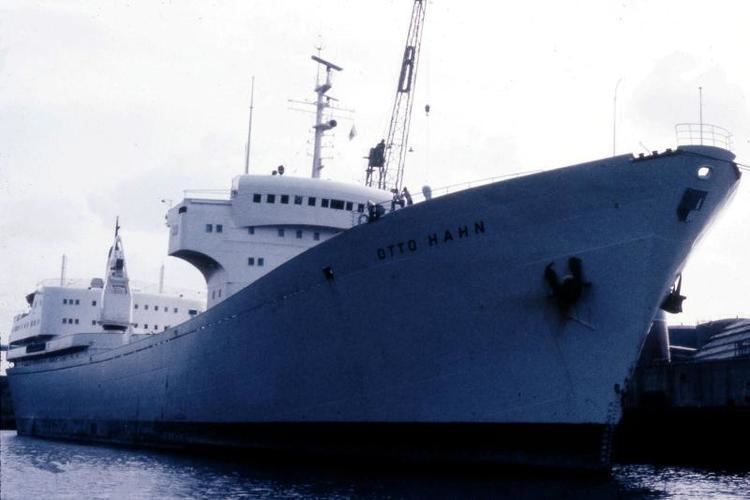
History
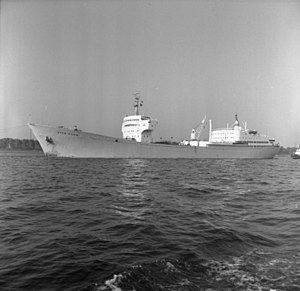
Otto Hahn's keel was laid down in 1963 by Howaldtswerke Deutsche Werft AG of Kiel. She was launched in 1964 and named in honour of Professor Otto Hahn, the German chemist and Nobel prize winner, who discovered the nuclear fission of uranium in 1938. The first captain of the Otto Hahn was Heinrich Lehmann-Willenbrock, a German U-boat ace of World War II.
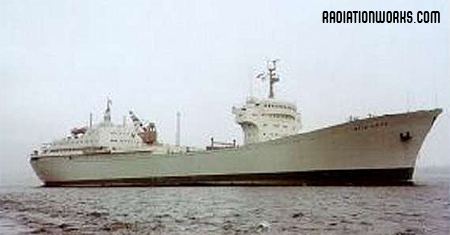
In 1968, the ship's 38-megawatt nuclear reactor was taken critical and sea trials began. In October of that year, NS Otto Hahn was certified for commercial freight transport and research.
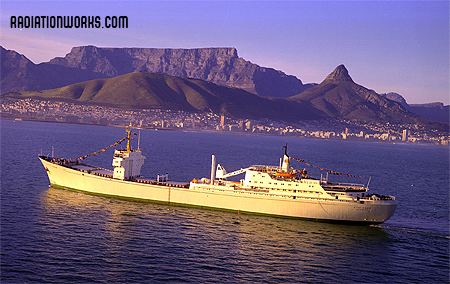
Configured to carry passengers and ore, Otto Hahn made her first port call in Safi, Morocco, loading a cargo of phosphate ores, in 1970. In 1972, after four years of operation, her reactor was refuelled. She had covered 250,000 nautical miles (463,000 km) on 22 kilograms of uranium.
In 1979 Otto Hahn was deactivated. Her nuclear reactor and propulsion plant were removed and replaced by a conventional Diesel engine room. In nine years, she had travelled 650,000 nautical miles (1,200,000 km) on nuclear power, visiting 33 ports in 22 countries. The containment vessel of the nuclear reactor is stored at the Helmholtz-Zentrum Geesthacht – Zentrum für Material- und Küstenforschung GmbH and the nuclear fuel in the United States.
In 1983, Otto Hahn was recommissioned as the container ship Trophy and leased into commercial service. On 19 November, she was renamed Norasia Susan. She became the Norasia Helga in 1985, Hua Kang He in 1989, Anais in 1998, Tal in 1999 and finally Madre in the same year. Her last owner, from 2006, was the Liberian-based Domine Maritime Corporation, under the management of Alon Maritime Corporation of Athens, Greece. The ship was scrapped at Alang, India, in 2009.
Her original funnel is preserved at the Deutsches Schiffahrtsmuseum (German Maritime Museum) in Bremerhaven, since the ship was retrofitted with Diesel engines.
General characteristics
Operation and research
The Otto Hahn was commissioned on 11 October 1969, and it was a research ship as its primary purpose. It contained cabins for the group of about 36 scientists. It also contained a conference room, a meeting room and two laboratories. Its main purpose was to gain experience of future nuclear ships which could be used for transport. As the Otto Hahn did not receive enough permissions from harbours, the experiments ended in 1979, ten years after commissioning.
Until its decommissioning, the Otto Hahn visited 33 ports in 22 countries, most of them in South America and Africa. It did not receive permission to pass through the Suez Canal and its last journey was to Durban.
Its last captain was Ralf Matheisel.
